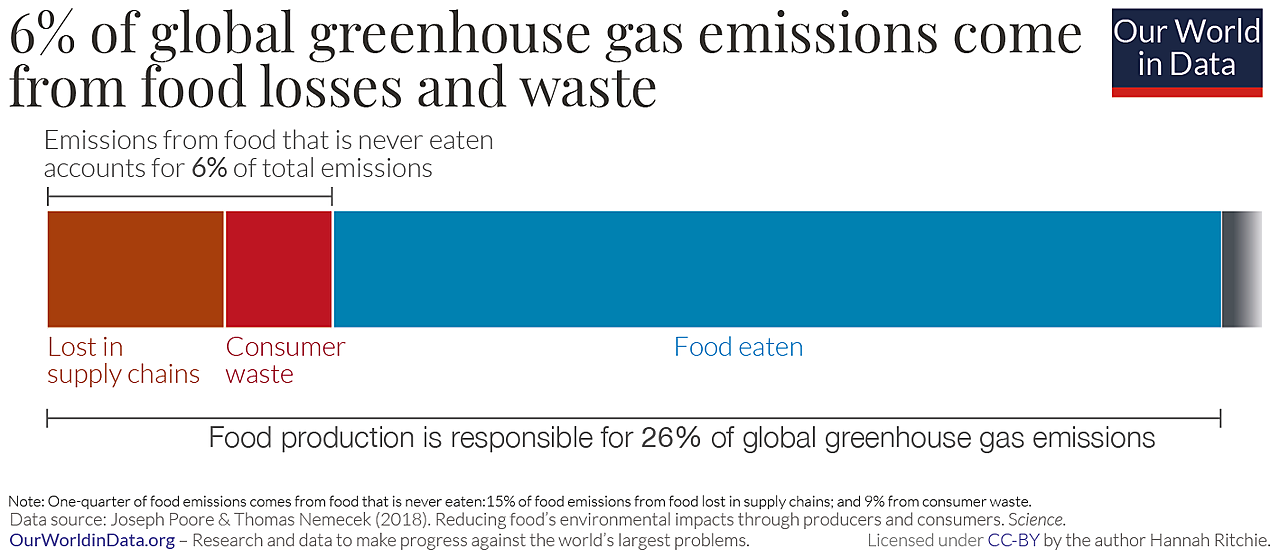UK frozen food in 2020: market growth and sustainability
A report by the British Frozen Food Federation (BFFF) reveals a significant growth rate of the frozen food sector in 2020. The report also suggests that the industry is addressing environmental issues such as food waste and energy efficiency.
According to a report by the British Frozen Food Federation (BFFF), the frozen food market was boosted by the pandemic lockdown in 2020, as consumer behaviour changed. Indeed, the frequency of shopping trips declined but basket spend was higher, and consumers were looking for products that would not spoil between shopping trips.
Market data for frozen food in the UK [1]
The retail market was valued at £7.21bn (8.4 bn euros) in 2020 growing by 13.8% year-on-year (£872m - 1.01 bn euros - in added value), whereas total grocery grew by 11.3%. The report highlights that the frozen food category showed the highest growth rate in 2020, just behind alcoholic beverages.
Nevertheless, the report highlights some variations across the nine categories of frozen food monitored (i.e. ice cream, confectionery, fish, meat and poultry, vegetables, potato products, ready meal, pizza and savoury foods). All categories have increased and six of them recorded double-digit growth in value. In particular, ice cream grew in value by 19.1% adding £207m (240.5m euros). Fish and savoury foods are the other two categories that have grown the most.

The BFFF report also notes an increase in demand for online grocery shopping. The share of online frozen food sales grew from 9.5% before the pandemic to 14.4% by the end of 2020. The convenience of ordering from home appeals to a wide range of consumers. According to the report, the Generation Z demographic (those born between 1997 and 2012) are 23% more likely to consume frozen food, as they are attracted by the convenience and flavour of the growing range of frozen vegetarian and vegan products. Nevertheless, it is unclear whether the increase in online shopping for frozen food will remain in 2021.
Frozen food and sustainability [1, 2]
According to a study published in Science in 2018, food losses along the supply chain and consumer waste are responsible for 6% of global greenhouse gas emissions. [2] Consequently, the frozen food industry needs to educate consumers who seek to reduce their impact on the environment of the role that frozen food can play.

According to a 2019 research conducted by Manchester University in collaboration with two industry leaders, families created almost half less food waste when cooking with frozen food than with fresh ingredients. In a more recent consumer survey conducted by a BFFF corporate member, half of respondents said frozen food helped reduce food waste. Nevertheless, the authors of the BFFF report acknowledge that manufacturing, storing and transporting frozen food is an energy- intensive process. In a previous study, the average specific energy consumption of UK cold stores storing frozen food was estimated at 71.5 kWh/m3/year. [3] (Study available for download from FRIDOC here)
Many players in the industry are already undertaking initiatives to reduce their impact on the environment, namely by building cold stores with a reduced energy consumption. In 2020, the UK Cold Chain Federation issued a guide to help industry players maximise energy efficiency in cold stores. Their recommendations include reducing heat loads through better insulation, reducing air infiltration, proper maintenance of refrigeration systems, etc. [4] The guide can be downloaded free of charge from the UK Cold Chain Federation website here, or from FRIDOC.
Sources
[1] British Frozen Food Federation. Frozen Food Report 2021. https://bfff.co.uk/the-frozen-food-report-2021/
[2] https://ourworldindata.org/food-waste-emissions
[3] Specific energy consumption values for various refrigerated food cold stores. Proceedings of the 24th IIR International Congress of Refrigeration: Yokohama, Japan, August 16-22, 2015. Available for download from FRIDOC: https://iifiir.org/en/fridoc/31592
[4] Energy efficiency in cold stores: a practical guide. https://www.coldchainfederation.org.uk/energy/
